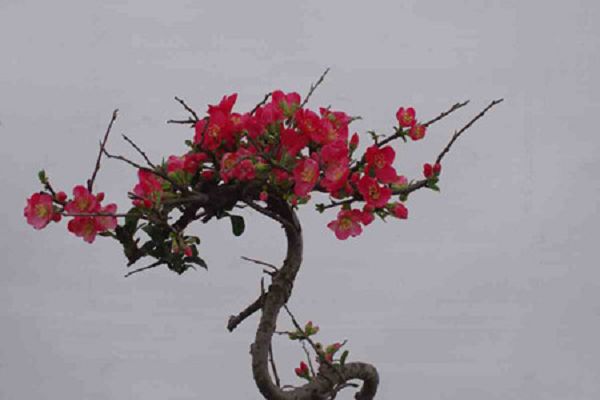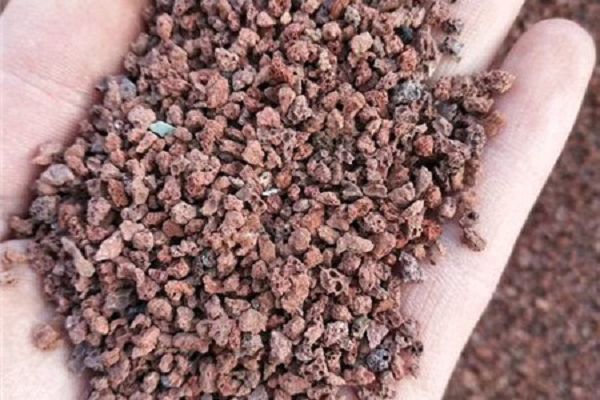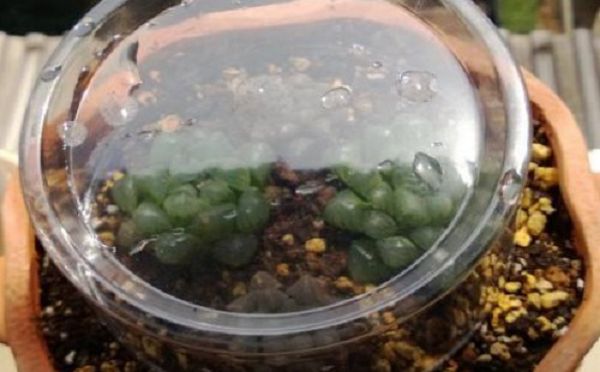Key points of production and maintenance of potted landscape of Tripterygium

Bonsai production
Old pile propagation
Can be used to grow for many years hanging roots and claws, quaint and strange old pile breeding to make bonsai.
Transplanting after falling leaves in autumn to before sprouting in spring, transplanting should take more host soil, cut off the main root, leave more lateral root and fibrous root, and trim the branches that are not needed for modeling, and first plant them in a larger earthen pot or underground "raise billet". Pay attention to cold prevention in winter and maintain a certain air humidity, but the soil can not accumulate water. After survival, pay attention to the cultivation of transition branches and backbone branches, so that the skeleton is beautiful and the branches and dryness are too natural.
Shape pruning
Sticking Begonia is suitable for making different forms of bonsai, such as direct dry type, oblique dry type, double dry type, qu dry type, water-facing type, exposed root type, jungle type, multi-dry type and so on.
The shape of the young tree is mainly flat tie, supplemented by pruning, the twists and turns of the trunk processing are caused, but the artificial traces should not be too heavy, the branches left should not be too dense, sparse is better, make it fresh and elegant. For the old piles that have been growing for many years, different styles of bonsai should be made according to the tree potential, and the tree crown can not only be made into a regular round shape, but also can be natural, and the methods of pruning and binding can be adopted to make its branches and leaves luxuriant.
Key points of maintenance
Pruning and shaping
Pruning and shaping is carried out after falling leaves in autumn or before sprouting in spring, cutting off withered branches, disease and insect branches, overgrown branches, crossed branches, overlapping branches and other branches that affect the shape of the tree, so as to maintain the beauty of the tree and the ventilation and light inside. Cut the top of the old branches that have flowered in the next year to concentrate nutrients and send more flowering branches.
Soil
Change the basin once every spring, the basin soil is required to be loose and fertile, rich in humus, and sandy soil with good drainage and ventilation, and put some rotten cake fertilizer, animal hoof nail, bone and so on at the bottom of the basin as base fertilizer.
Light, water and fertilizer
Tripterygium likes warm, humid and sunny environment, and can be maintained outside in a sunny and well-ventilated place during the growing period.
Watering to achieve "do not dry do not water, watering is thoroughly", to avoid basin soil stagnant water. When the air is too dry, water can be sprayed to the plant to increase the air humidity, which is beneficial to the plant growth. The mature thin liquid fertilizer or compound fertilizer is applied every semimonthly, and the rotten cake fertilizer is embedded in the flowerpot every October to promote the growth and flowering of the plant in the coming year.
Related
- Fuxing push coffee new agricultural production and marketing class: lack of small-scale processing plants
- Jujube rice field leisure farm deep ploughing Yilan for five years to create a space for organic food and play
- Nongyu Farm-A trial of organic papaya for brave women with advanced technology
- Four points for attention in the prevention and control of diseases and insect pests of edible fungi
- How to add nutrient solution to Edible Fungi
- Is there any good way to control edible fungus mites?
- Open Inoculation Technology of Edible Fungi
- Is there any clever way to use fertilizer for edible fungus in winter?
- What agents are used to kill the pathogens of edible fungi in the mushroom shed?
- Rapid drying of Edible Fungi



